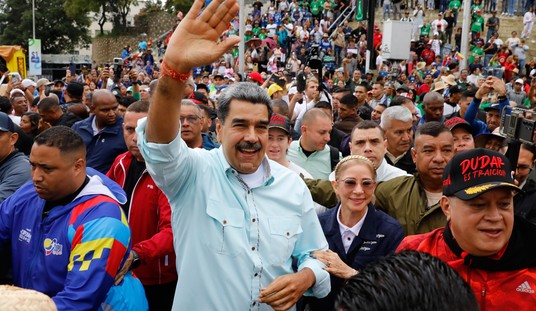First exhibited at the prestigious Paris Salon in 1765, Jean-Baptiste Greuze’s “A Girl With a Dead Canary” was designed to evoke much the same emotion as PETA member Sarah Segal’s proposed memorial to chickens who were killed in a truck accident last month in Georgia. It seems like a tacky comparison that may even be read as an insult to a well-done and even pretty (if bizarre) work of 18th century art, but the bottom line is that both pieces were created for the same purpose: To tug at viewers’ heartstrings while affirming the moral superiority of a particular cultural class.
According to British historian Simon Schama, ill-fated French King Louis XVI introduced the “cult of nature” to the throne, “replacing couches and courtisans with [the] tenderness and simplicity” of Marie Antoinette’s toy farm and the well-crafted embrace of wildlife in art. “Tears were especially prized as evidence of feeling,” Schama explains, noting that, “people wept when they saw” Greuze’s painting. “Feelings …the shallow kind were embraced by the fashionable elite.” It was the attempt of a king and class to portray themselves as perfect, superior human beings.
So it goes with the Roadkill Memorial, albeit in a much more blatantly political format. A tombstone designed to dwarf roadside memorials to mere human victims of vehicular death, the proposed memorial is intended to remind all drivers to approach all of their animal relations with reverence:
Cascada said the tombstone’s visibility would make drivers’ more wary of people and chickens alike, thereby helping to avoid unnecessary accidents and preserve the lives of chickens in transport. …But Cascada acknowledged the reality of the chickens’ final destination, making the “Go Vegan” phrase a key takeaway.
“The more people who go vegan, the fewer chickens are in this situation to begin with,” she said.
Simply stating that “meat is murder” isn’t enough anymore. For PETA, the time for mere sloganeering is over. Humans are animals, don’t you get it? You’re all slabs of meat now, and some are much more important than others.
This is nothing new for the animal rights organization that has been comparing human beings, notably females, to animals for years, much to the chagrin of the feminist movement. In a 2012 ad, PETA warned women about the “BWVAKTBOOM, Boyfriend Went Vegan and Knocked the Bottom Out of Me”:
Presented with a victim who is young, female, injured, and dazed, the viewer is led to assume that the woman is a victim of domestic abuse. The ad’s “humor” comes from the big reveal that the girl’s injuries are instead attributable to violent sex and that she “likes” it.
Even when viewed as satire, the PETA ad perpetuates troubling gendered stereotypes. The young woman is stripped of her dignity—and her clothes—as she performs domestic chores for her boyfriend. Sex and violence are conflated and women are depicted as desperate nymphomaniacs who desire sex even when it results in personal injury. The young woman in the ad doesn’t even experience the health benefits of a vegan lifestyle, since the ad and the website make clear that this campaign is designed to encourage “regular guys” to choose a vegan lifestyle. [PETA’s associate director of campaigns and outreach, Lindsay] Rajit, herself, touts the campaign’s “great health message for men.”
The fact that women ranging from PETA spokespeople to executives are completely comfortable with the human/animal equity should set off cultural alarm bells:
Communication scholar Wendy Atkins-Sayre contends that PETA’s advertisements attempt to break down the “animal/human divide,” explaining that “PETA’s advertising campaigns allow the group to effectively blur the distinction between human and nonhuman animals, inviting viewers to rethink their own identities and, thus, their beliefs about animal rights.” …Atkins-Sayre’s thoughtful article predates the most recent PETA campaign, and she perceptively argues that PETA’s visual rhetoric “trouble[s] the distinctions often made between human and animal.”
Instead, it has gone on for years relatively unnoticed or, worse yet, dismissed as subculture claptrap. As a result, PETA’s manipulation of the female body has bolstered post-feminist notions that women, now sexually empowered, are free to manipulate their sexuality to their heart’s content. In other words, these women were morphed into meat for the sake of animals; now they’re parading themselves around like meat for human (namely, male) consumption. This insult to men and women alike is continually justified as righteous in terms of a pop culture morality which organizations like PETA have helped to create.
But the pomp and circumstance of Pamela Anderson diagrammed like a slab hanging in a butcher’s front window is for the animals and the perfection of nature that we disturb every time we believe ourselves to be something more than one of them. Tears glisten almost as good as diamonds when hit by a paparazzi’s flashbulb, don’t you think?











Join the conversation as a VIP Member